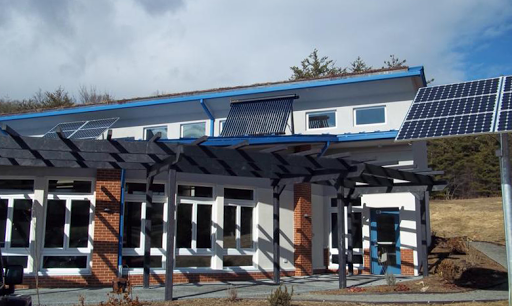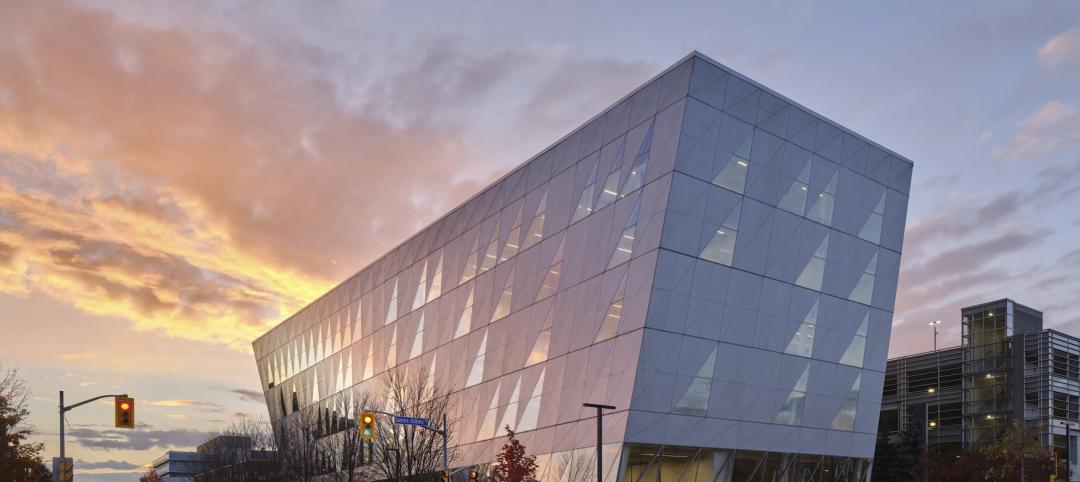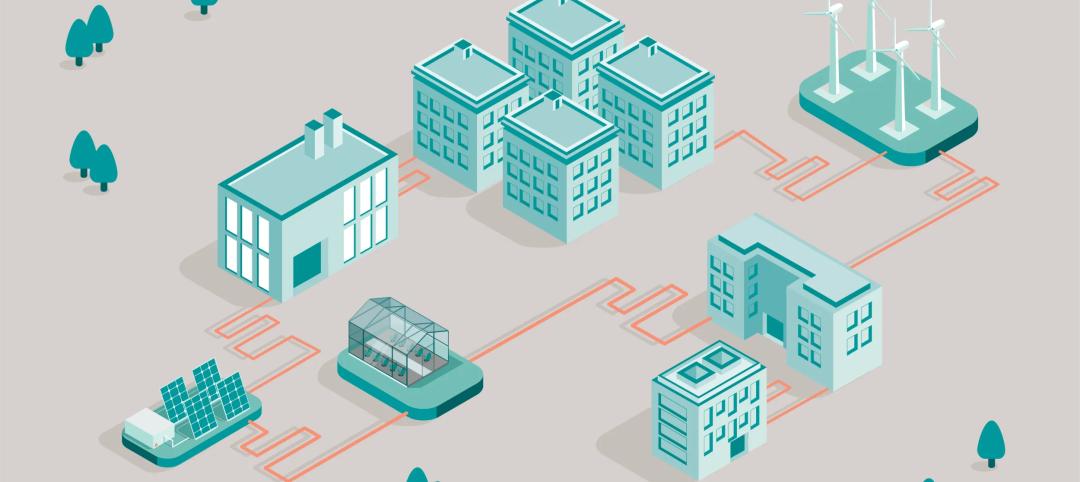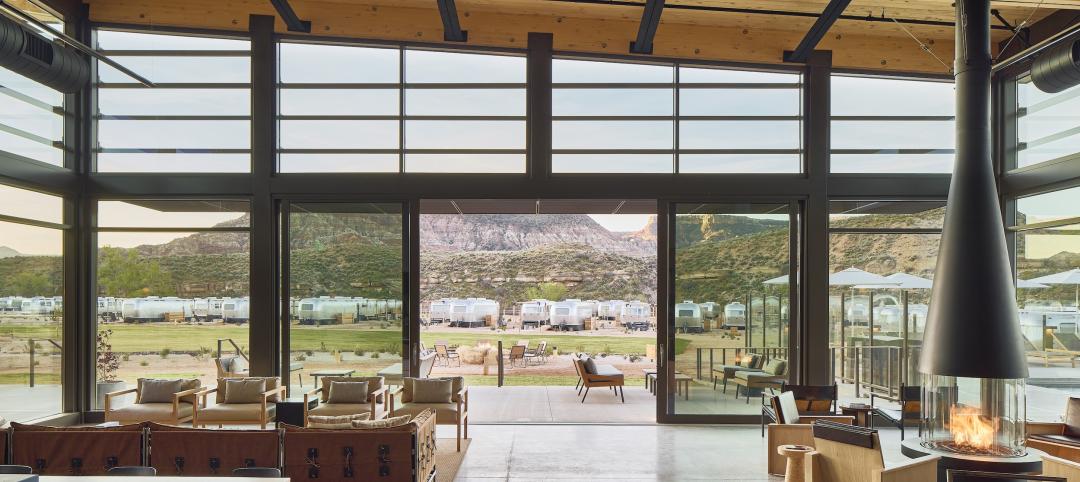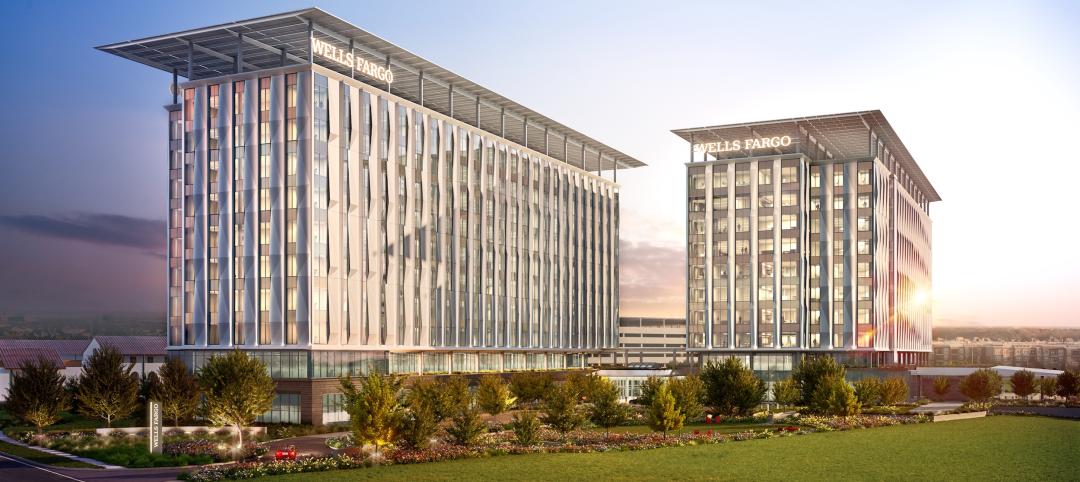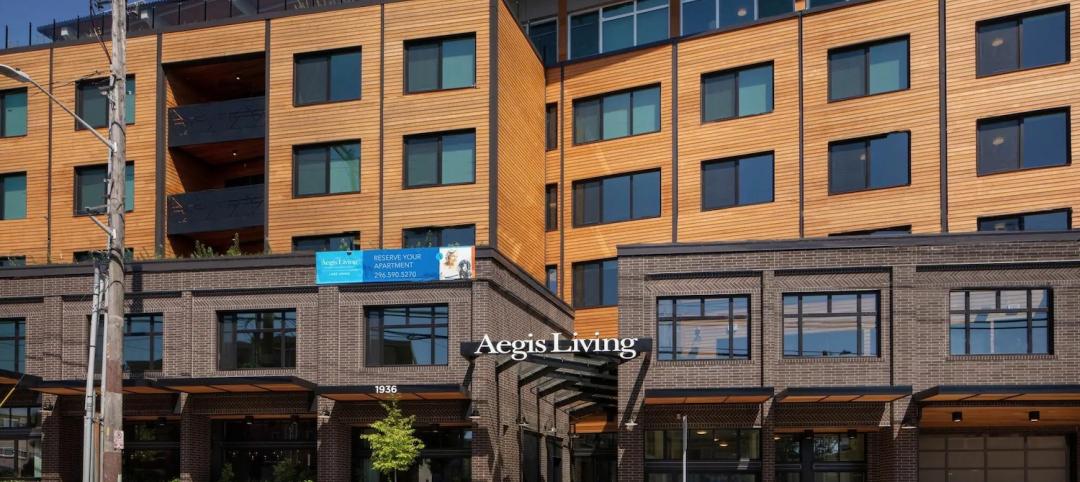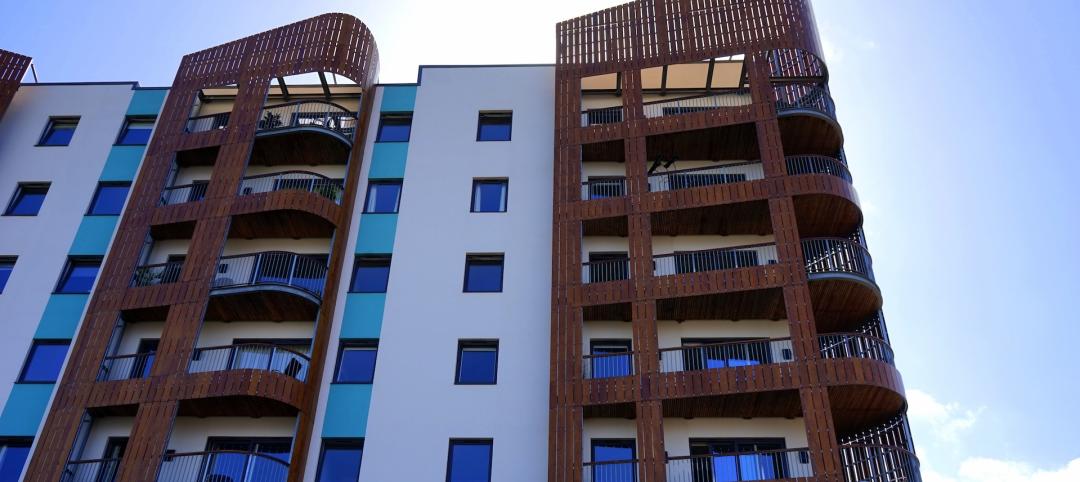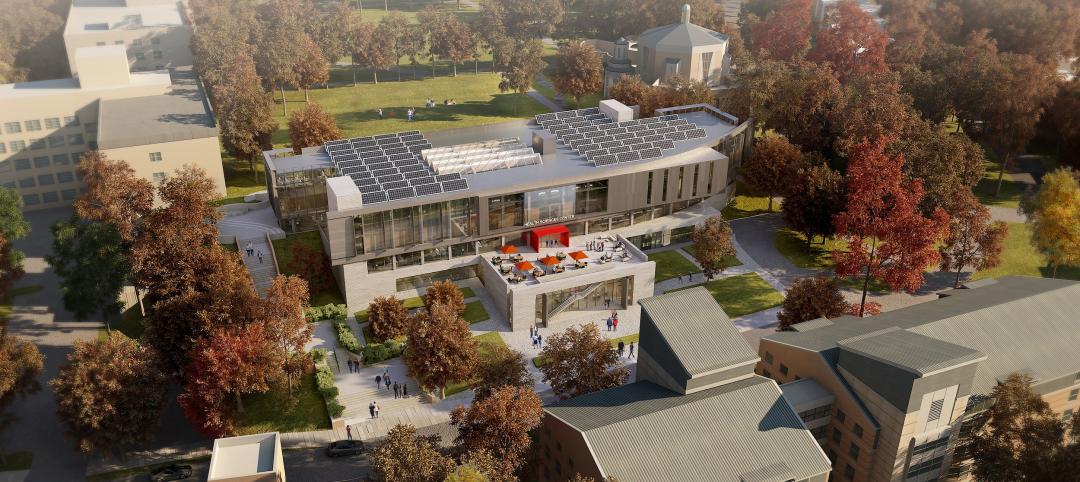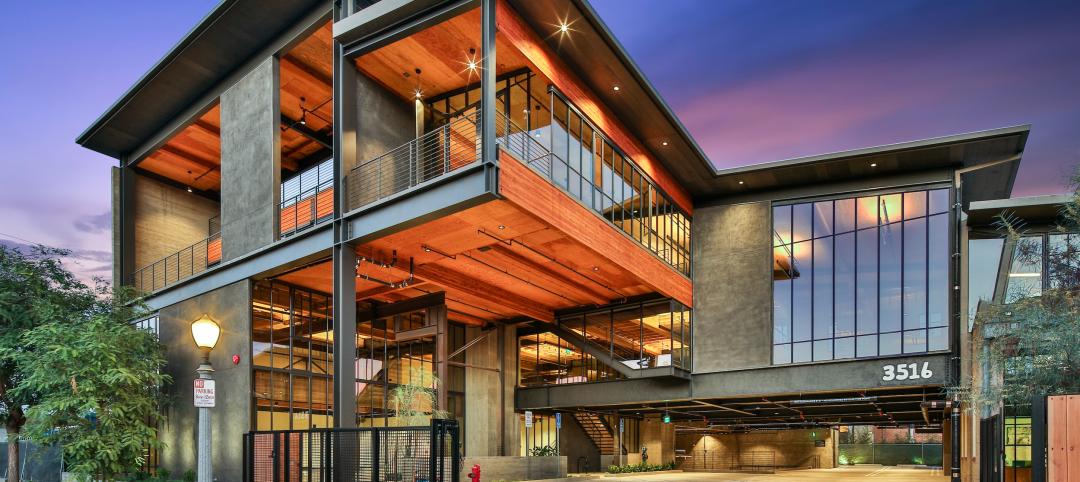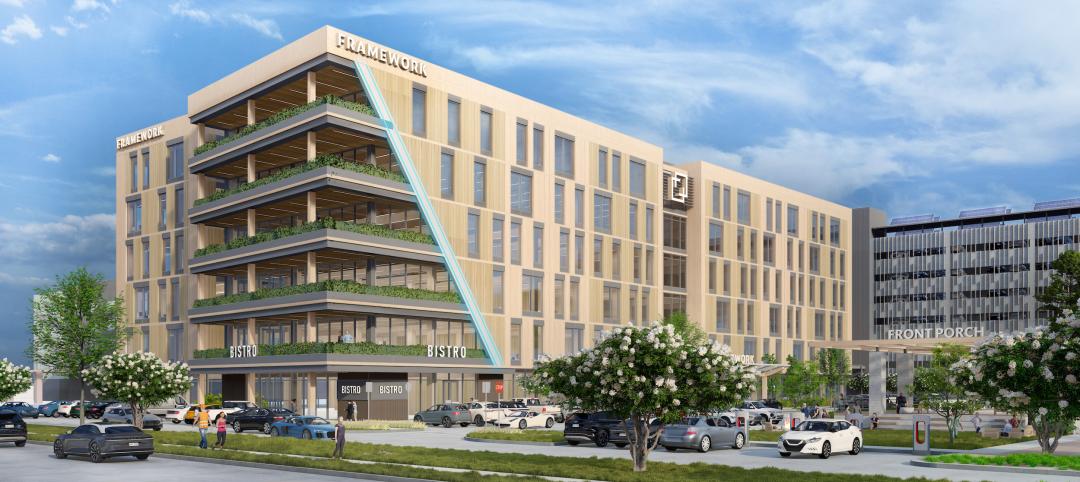Growth in numbers, locations, types and sizes all mark progress on the state of commercial zero net energy (ZNE) buildings—ultra-efficient buildings that generate as much power from onsite renewable energy sources as they consume in a year, according to a report from New Buildings Institute (NBI).
Of buildings surveyed across North America, the report finds the number of buildings achieving or pursuing ZNE have more than doubled since the last study was released in 2012.
In addition to the 2014 Getting to Zero Status Update: A review of the projects, policies and programs driving zero net energy commercial buildings, NBI released an interactive map showing the geographic spread, square footage and other characteristics of all buildings verified by NBI to have achieved zero net energy performance.
NBI is a national nonprofit working to improve the energy performance of commercial buildings. ZNE verification of buildings is based on review of one-year of measured energy data including building energy consumption and renewable energy production, or other valid documentation from a third-party entity.
CLICK HERE TO VIEW INTERACTIVE VERSION
The 2014 list of ZNE verified buildings includes 32 buildings and one district for a total of 33 projects. These projects are located in 36 states covering all climate zones and include a variety of building types. View interactive format.
“While this remains a relatively small set of buildings, the growth and diversity are important indicators for what we should expect in the coming years,” said Ralph DiNola, executive director of New Buildings Institute. “The future is now for ZNE buildings and we are seeing this play out in the shift from a handful of projects primarily in the public domain, to private companies such as Walgreens and TD Bank embarking on ZNE building projects and using those experiences to inform future development.”
NBI tracks the development of ZNE buildings in North America throughout the year. At report press time, NBI had identified and verified 33 ZNE projects including 32 buildings and one district (a group of buildings), an additional 127 projects that were working toward ZNE but did not have a full year of energy use yet to verify net-zero, and 53 buildings that had verified high levels of efficiency comparable to zero net energy performance, but without sufficient onsite renewable generation, for a grand total of 213 buildings.
This is more than double the number of buildings included in NBI’s inaugural ZNE report, which identified 21 verified and 39 emerging ZNE buildings, plus 39 ultra-efficient structures for a total of 99 buildings.
“We are proud to support NBI on this important ZNE study,” said David Terry, Executive Director of the National Association of State Energy Officials (NASEO). “We continue to see states across the country integrating cost-effective ZNE strategies into long-term policy, program, and energy planning goals. The aspirational nature of ZNE buildings captures the attention and imagination of everyday citizens, business leaders, and government officials especially in sectors such as schools and public buildings.”
NASEO and NBI work together to support policy leaders looking to zero net energy as a strategy for meeting carbon reduction goals.
Key report findings include:
• ZNE is achievable in all regions and climate zones: ZNE buildings exist in 36 states and two Canadian provinces covering all eight U.S. Department of Energy climate zones.
• ZNE works for many building types and sizes: The 2014 report includes a wide diversity of building types, including K-12 schools, universities and offices. New to the report this year are low-rise apartment buildings and emerging laboratory buildings. More than 25% of the ZNE and ZNE emerging buildings referenced in this report are larger than 50,000 sq. ft., and half of those are over 100,000 sq. ft.
• ZNE districts are a growing trend: In addition to individual buildings, there is a new trend of communities and campuses committed to groups of ZNE buildings to leverage resources. NBI identified 18 ZNE Districts in the report, with the U.S. Army and several universities as the leading entities.
• Private sector increase in ZNE development: 26% of the verified ZNE and ZNE emerging buildings on this year’s list were privately developed, including TD Bank in Fort Lauderdale, Florida, DPR Construction in Phoenix, Arizona and the recently-opened Walgreens retail store in Evanston, Illinois.
• ZNE is achievable in existing buildings: 24% of the verified ZNE buildings in the report were renovation projects, demonstrating the potential for ZNE during major building renewals and expanding the potential floorspace for ZNE well beyond just new construction in North America.
• Large share of ZNE projects are education buildings: Consistent with the last report, education buildings such as K-12 schools and universities, make up the single largest category in this year’s report at 1/3 of all ZNE buildings, such as the Center for Energy Efficient Design (CEED) – an award-winning ZNE learning laboratory for middle school students in Rocky Mount, Virginia.
“The beauty of the Center for Energy Efficient Design as an educational facility is that it's not just a theory or picture in a book. Our students actually live and learn in the space,” said Neil Sigmon, CEED instructor and project leader. “Many of our students have gone on to careers in architecture and engineering. This is where they got their start."
NBI will host a webinar on Thursday, Jan. 16 from 10-11:30am Pacific to share report findings.
About New Buildings Institute | www.newbuildings.org
New Buildings Institute New Buildings Institute (NBI) is a nonprofit organization working to improve the energy performance of commercial buildings. We work collaboratively with commercial building market players—governments, utilities, energy efficiency advocates and building professionals—to remove barriers to energy efficiency, including promoting advanced design practices, improved technologies, public policies and programs that improve energy efficiency. NBI also develops and offers guidance to individuals and organizations on designing and constructing energy-efficient buildings through our Advanced Buildings® suite of tools and resources.
Related Stories
University Buildings | May 11, 2023
New ‘bold and twisting’ building consolidates School of Continuing Studies at York University
The design of a new building that consolidates York University’s School of Continuing Studies into one location is a new architectural landmark at the Toronto school’s Keele Campus. “The design is emblematic of the school’s identity and culture, which is centered around accelerated professional growth in the face of a continuously evolving labor market,” according to a news release from Perkins&Will.
Sustainability | May 11, 2023
Let's build toward a circular economy
Eric Corey Freed, Director of Sustainability, CannonDesign, discusses the values of well-designed, regenerative buildings.
Hotel Facilities | May 9, 2023
A new camping destination near Utah’s Zion National Park offers a variety of all-season lodgings and amenities
Outdoor lodging brand AutoCamp has opened a new camping destination near Utah’s Zion National Park. A 16-acre property, AutoCamp Zion is located between the Virgin River and the desert of Southern Utah.
Headquarters | May 9, 2023
New Wells Fargo development in Texas will be bank’s first net-positive campus
A new Wells Fargo development in the Dallas metroplex will be the national bank’s first net-positive campus, expected to generate more energy than it uses. The 850,000-sf project on 22 acres will generate power from solar panels and provide electric vehicle charging stations.
Regulations | May 8, 2023
Supreme Court case likely to have huge impact on Clean Water Act
A case before the Supreme Court will likely determine how the Clean Water Act is interpreted and the ruling could open up new areas for development within or adjacent to wetlands.
Senior Living Design | May 8, 2023
Seattle senior living community aims to be world’s first to achieve Living Building Challenge designation
Aegis Living Lake Union in Seattle is the world’s first assisted living community designed to meet the rigorous Living Building Challenge certification. Completed in 2022, the Ankrom Moisan-designed, 70,000 sf-building is fully electrified. All commercial dryers, domestic hot water, and kitchen equipment are powered by electricity in lieu of gas, which reduces the facility’s carbon footprint.
Multifamily Housing | May 8, 2023
The average multifamily rent was $1,709 in April 2023, up for the second straight month
Despite economic headwinds, the multifamily housing market continues to demonstrate resilience, according to a new Yardi Matrix report.
University Buildings | May 5, 2023
New health sciences center at St. John’s University will feature geothermal heating, cooling
The recently topped off St. Vincent Health Sciences Center at St. John’s University in New York City will feature impressive green features including geothermal heating and cooling along with an array of rooftop solar panels. The geothermal field consists of 66 wells drilled 499 feet below ground which will help to heat and cool the 70,000 sf structure.
Office Buildings | May 4, 2023
In Southern California, a former industrial zone continues to revitalize with an award-winning office property
In Culver City, Calif., Del Amo Construction, a construction company based in Southern California, has completed the adaptive reuse of 3516 Schaefer St, a new office property. 3516 Schaefer is located in Culver City’s redeveloped Hayden Tract neighborhood, a former industrial zone that has become a technology and corporate hub.
Mass Timber | May 3, 2023
Gensler-designed mid-rise will be Houston’s first mass timber commercial office building
A Houston project plans to achieve two firsts: the city’s first mass timber commercial office project, and the state of Texas’s first commercial office building targeting net zero energy operational carbon upon completion next year. Framework @ Block 10 is owned and managed by Hicks Ventures, a Houston-based development company.


